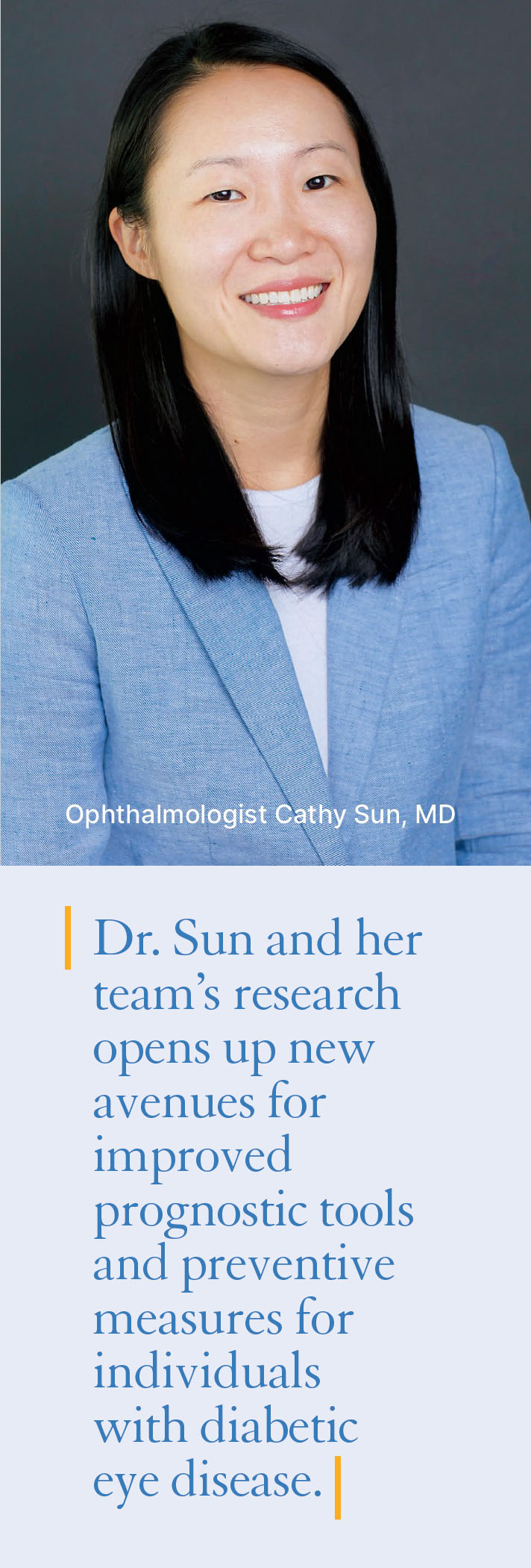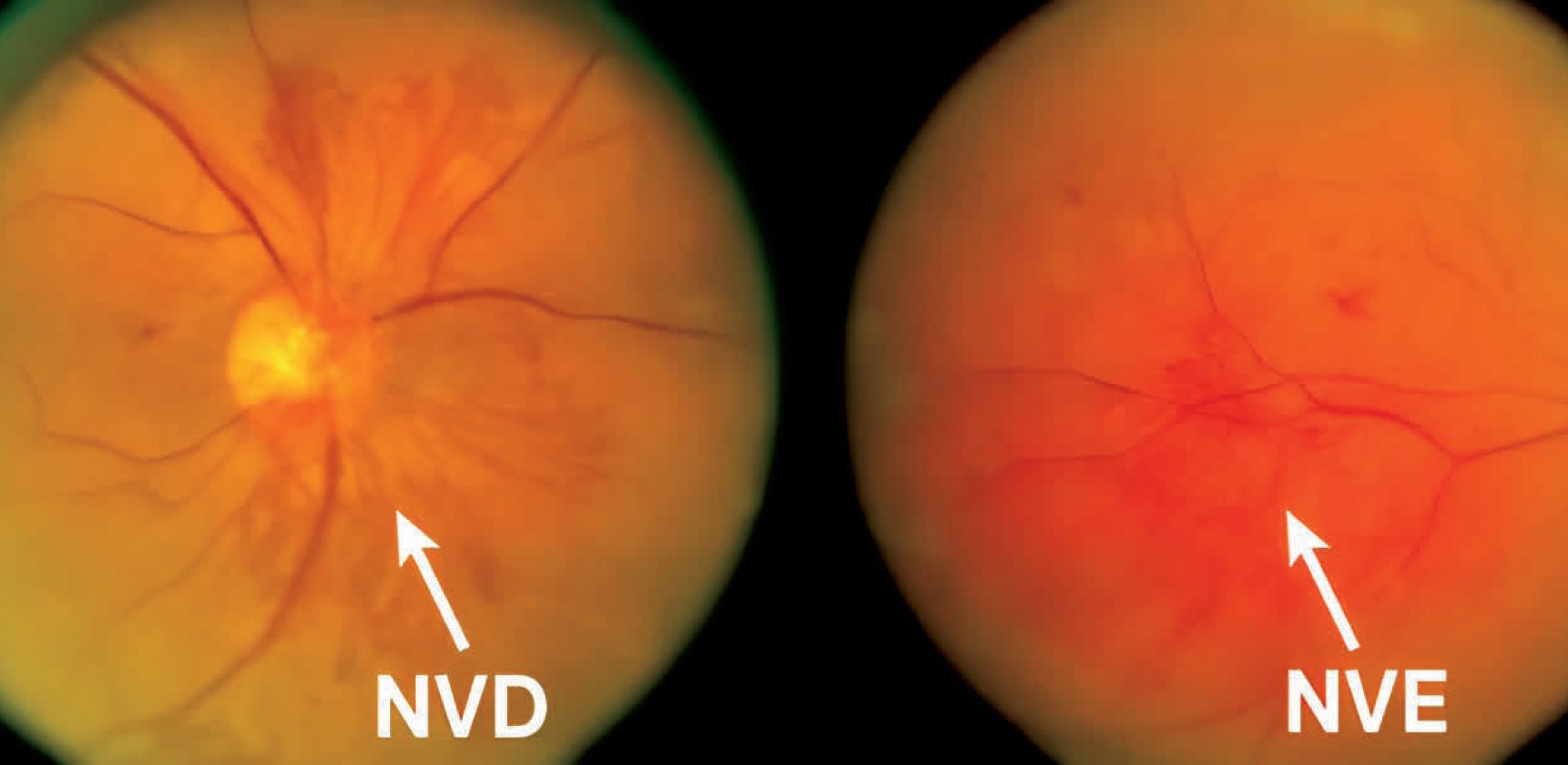Unveiling the Risk of Diabetic Eye Disease Progression
 Diabetic retinopathy is a critical eye disease that poses a significant threat to vision if left untreated. To address the issue of inadequate preventive care and the absence of a reliable method to predict high-risk patients, ophthalmologist Cathy Sun, MD, and her team at UCSF embarked on a groundbreaking study. Their aim was to develop predictive models for the progression of diabetic retinopathy, enabling healthcare providers to implement timely interventions and prevent vision loss in affected individuals.
Diabetic retinopathy is a critical eye disease that poses a significant threat to vision if left untreated. To address the issue of inadequate preventive care and the absence of a reliable method to predict high-risk patients, ophthalmologist Cathy Sun, MD, and her team at UCSF embarked on a groundbreaking study. Their aim was to develop predictive models for the progression of diabetic retinopathy, enabling healthcare providers to implement timely interventions and prevent vision loss in affected individuals.
Analyzing influencing factors
Drawing from patient medical records at UCSF Health and Zuckerberg San Francisco General (ZSFG) Hospital, the research team meticulously analyzed various influencing factors that could predict the advancement to more severe stages of the disease. Key factors such as insurance coverage, age, and average Hemoglobin A1c levels, which provide insights into blood sugar control, emerged as critical risk factors significantly affecting the progression to more severe diabetic retinopathy.
Personalized risk assessment tool
The study’s findings paved the way for the development of a personalized risk assessment tool that goes beyond general population-level predictions. Dr. Sun and her team aspire to create a tool capable of predicting the risk of progression on an individual patient level. By leveraging the patient’s complete medical information, this tool would empower healthcare providers to make more accurate assessments of individual risk. Consequently, timely interventions could be implemented to halt disease progression and successfully prevent vision loss.
Improving patient outcomes
The study conducted by Dr. Sun and her team at UCSF sheds light on critical risk factors for diabetic retinopathy progression. Their endeavor to develop a personalized risk assessment tool demonstrates a commitment to improving patient outcomes. As this research progresses, healthcare providers may gain a valuable ally in the fight against diabetic eye disease, enabling them to implement timely and effective interventions that preserve the precious gift of sight for countless individuals.

